
AeroGenie: Su copiloto inteligente.
Tendencias
Categories
Fuel Switches in ‘Run’ Position Found in Aftermath of AI 171 Crash
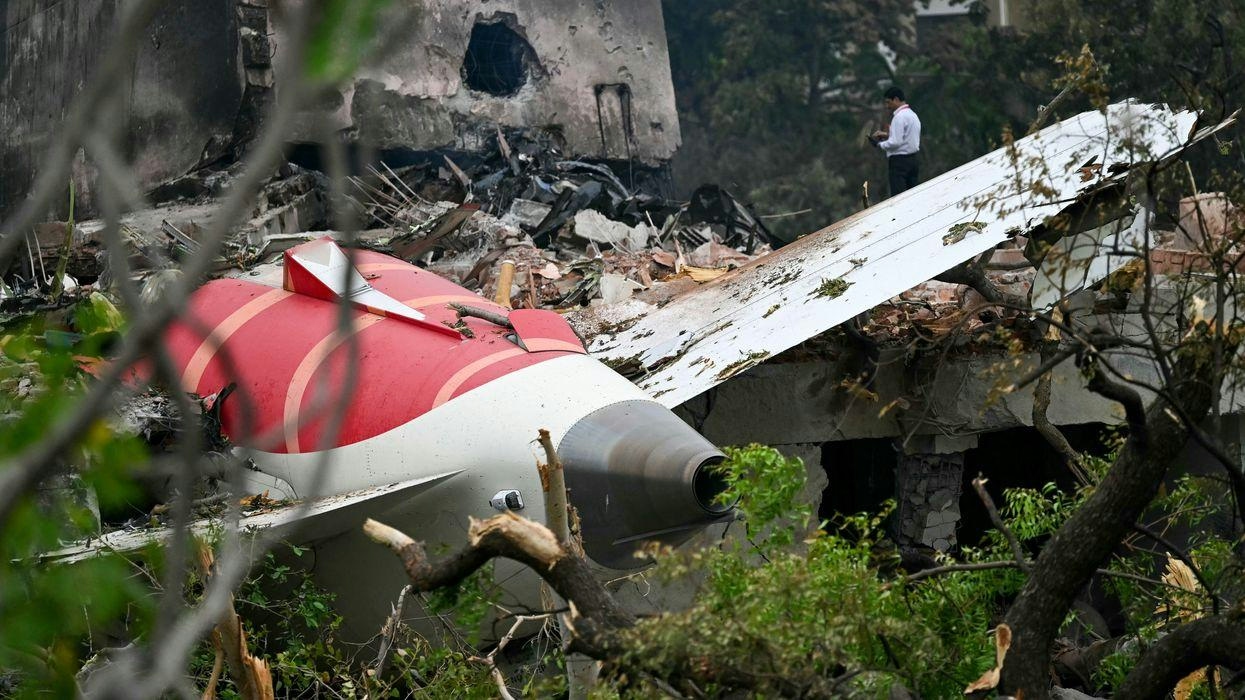
Fuel Switches in ‘Run’ Position Found in Aftermath of AI 171 Crash
Crash Site Analysis and Aircraft Impact
Images from the crash site of Air India Flight 171 have provided critical insights into the sequence of events leading to the accident. The aircraft, a Boeing 787 Dreamliner, descended rapidly after takeoff, initially striking a cluster of trees and an incineration chimney within the Army Medical Corps compound. This collision highlights the dangerously low altitude at which the aircraft was operating in its final moments. According to the preliminary report by the Aircraft Accident Investigation Bureau (AAIB), the distance from the first contact with the trees to the point where the aircraft impacted the northeast wall of Building A was a mere 293 feet, underscoring the minimal altitude and brief time frame before the crash.
Further examination of the wreckage revealed that parts of the right wing were scattered across Buildings A and B and the surrounding area. The right engine detached after skimming the roof of Building A and striking a concrete water tank structure, ultimately coming to rest beneath the tank near the building’s southwest wall, oriented at approximately 226 degrees. The widespread dispersal of debris from the right wing indicates the significant force of the collision. Meanwhile, the left engine separated from the aircraft and struck the north corner of Building D at ground level, coming to rest roughly perpendicular to the right engine with a heading of about 326 degrees.
Cockpit Controls and Flight Recorder Data
Investigators documented the condition of key cockpit controls amid the wreckage. The flap handle assembly, though heavily damaged by fire, was found locked in the 5-degree position, consistent with a normal takeoff configuration. The landing gear lever remained in the “DOWN” position, suggesting that the landing gear had not been retracted at the time of the emergency. The nose landing gear was located approximately 307 feet southwest of the initial impact with Building A. These physical findings were corroborated by data retrieved from the Enhanced Airborne Flight Recorder (EAFR).
A particularly significant detail emerging from the preliminary investigation concerns the position of the fuel control switches. Evidence indicates that the switches were moved to the "cutoff" position moments before the crash, resulting in a sudden loss of engine thrust. This technical action has become a central focus of the investigation, as it may have directly contributed to the loss of control and subsequent impact.
Additional Findings and Industry Implications
Airport CCTV footage captured the deployment of the Ram Air Turbine (RAT) seconds after lift-off, with no evidence of bird activity in the vicinity, effectively ruling out bird strike as a contributing factor.
The incident carries substantial implications for Air India, raising serious questions about the airline’s safety protocols and operational reliability. Industry observers suggest that the crash could lead to increased scrutiny of Air India’s management practices and safety standards. Competitors may respond by emphasizing their own safety records and conducting additional audits, while the broader Indian aviation sector is expected to face heightened regulatory oversight and a comprehensive review of safety procedures.
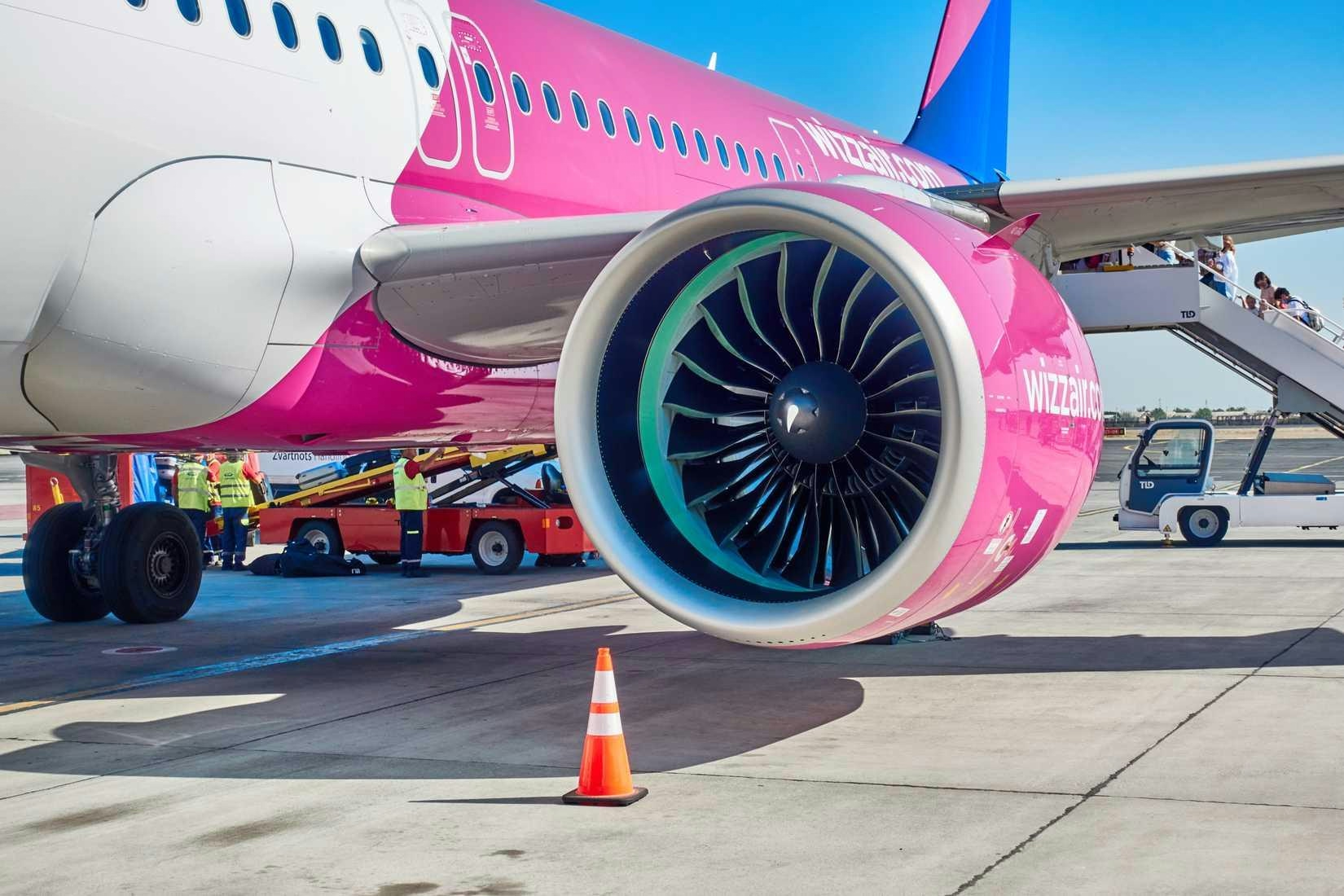
Airbus Surpasses Boeing 737 Deliveries Amid Turkish Airlines’ Potential Order Shift

The 15 Best Airlines Worldwide According to Travelers in 2025
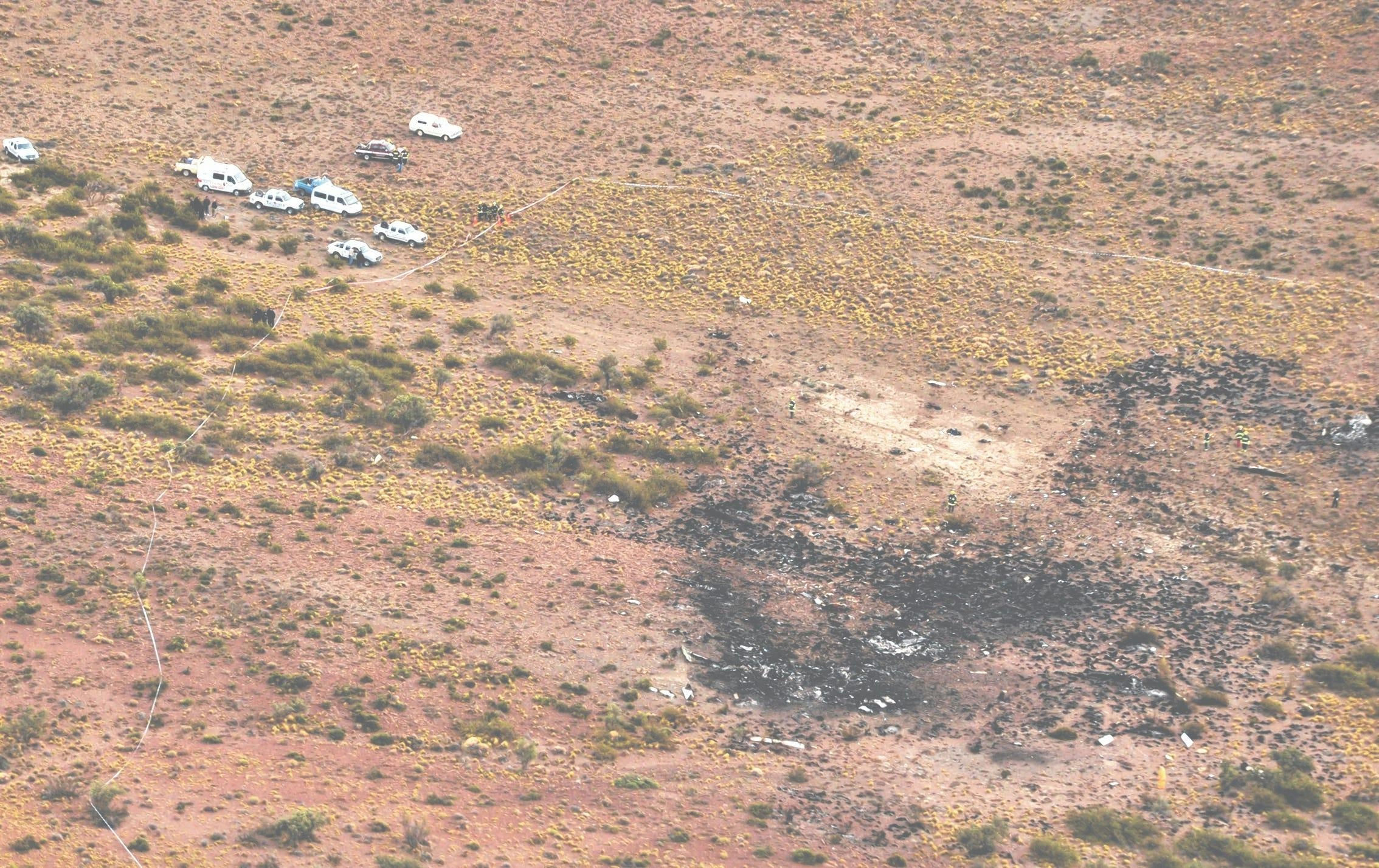
Rex passenger describes 'terrifying' mid-air engine failure days after fire
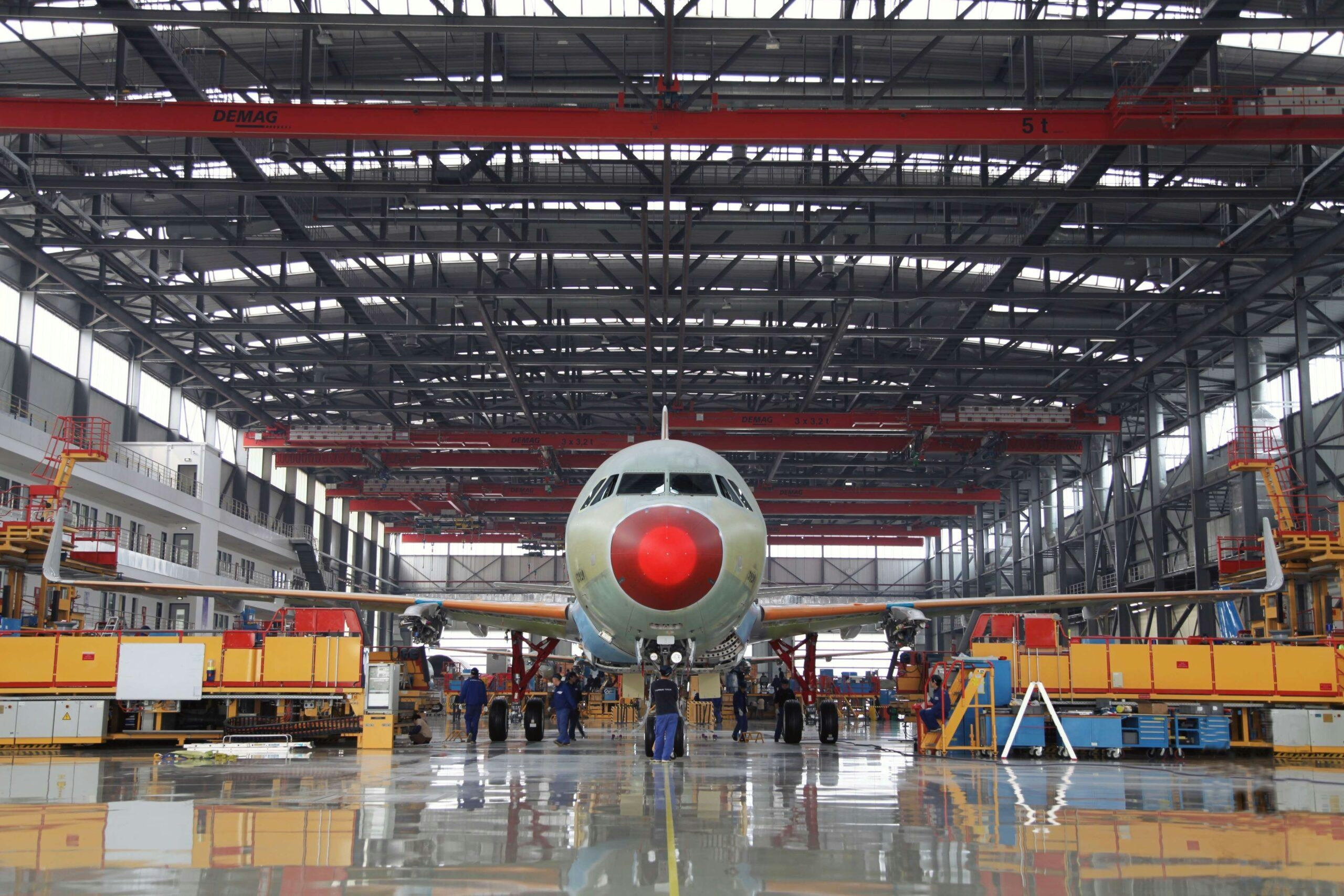
Airbus Forecasts 3.6% Annual Growth in Aircraft Services Through 2044

Pilot's association demands grounding of all Air India Boeing 787 flights, cites repeated technical snags

Deloitte Outlines Technology Priorities for 2025

Airports Authority of India Highlights Innovation and Sustainability at Routes World 2025

World Aviation Festival 2025 Announced
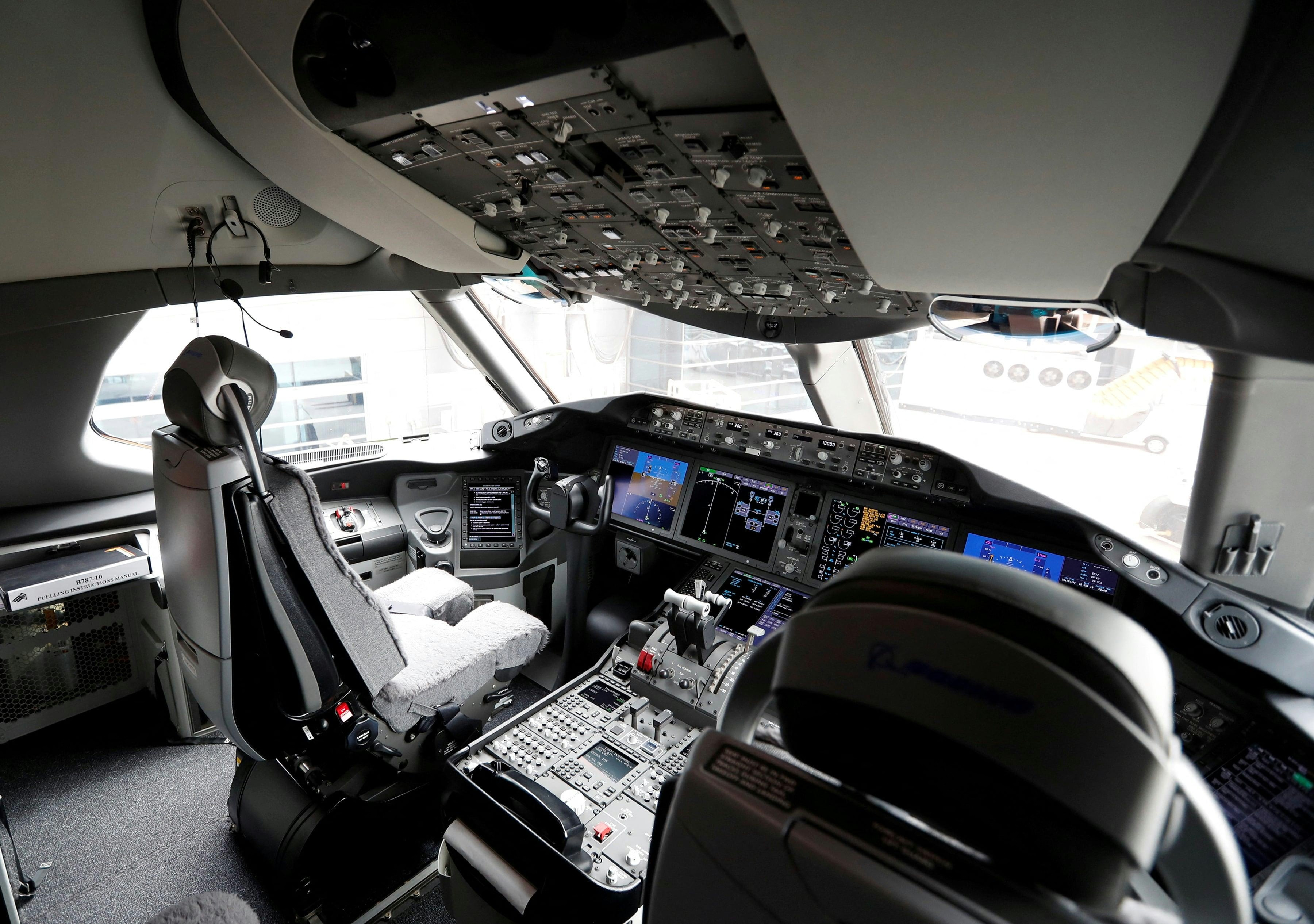
Delhi-Bound AI Dreamliner Diverts to Dubai; FIP Calls for B787 Inspections
